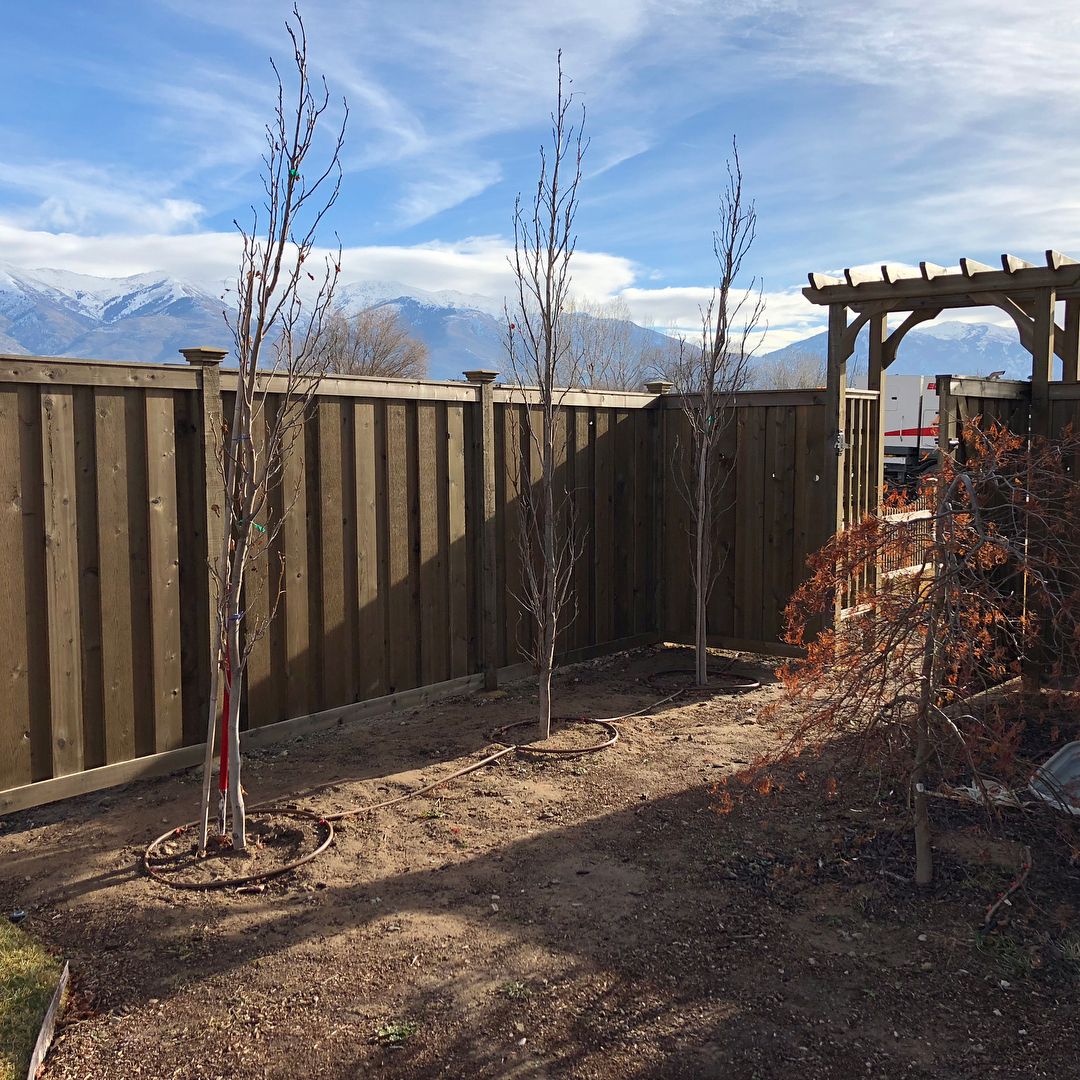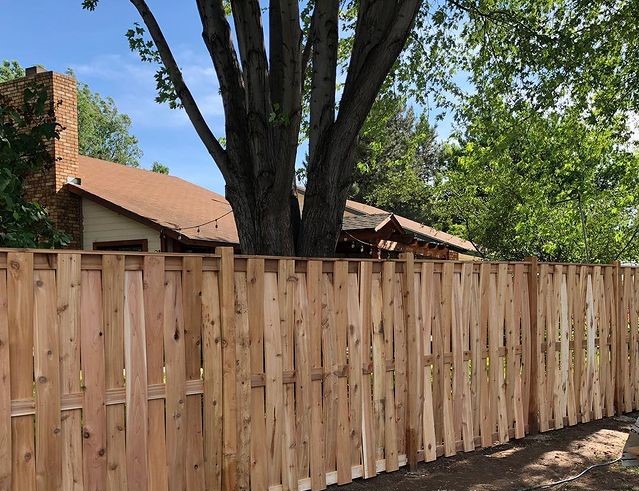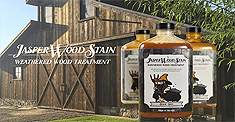How to Keep Your Wooden Garden Fences Maintained All Year Long
Timber fencing is a beautiful feature of your home. It gives your house a natural aesthetic touch that usually gets compliments from guests and visitors. Wooden garden fences are also more than just an aesthetic feature. They provide added security and privacy to your home as well. To keep your wooden garden fences fresh and functional all year long, it’s important to keep an eye on its condition more often than not and apply regular maintenance care. Here are some stress-free maintenance and care tips to keep your timber garden fences looking sleek and envied by your neighbors.

General Maintenance
Timber fences are made to last and resist elements like the weather and insects. Some timbers like Pine are pressure-treated before they can be used as a fencing material while others are installed without treatment like Redwood and Cedar because of their natural resistance to elements.
But regardless of what timber species you’re using, it’s important to keep your timber garden fences clean. All you need is a pressure washer or a regular hose on a high-pressure setting to wash off any dirt or debris that’s on the wood. You can also use some wood cleaning solution to soften out dirt and mildew. For more challenging areas, you may have to scrub by hand to get rid of all the dirt and molds that are growing on the fence. Then, let the wood dry out.
Basic Repair
Any minor damage should be repaired immediately to prevent it from getting worse which could result in bigger repair expenses. The cost of repair may vary depending on the type of timber you’re using. Normally, you’d have to spend more on replacing fence panels that use Cedar or Redwood compared to Pine or Spruce fence panels.
Also, don’t forget to neatly trim the wood if specific strips come before repainting it. Wood garden fences are actually very easy to repair but if repairing fences isn’t really part of your skillset, you may contact a professional fence builder to get it done.
Restaining Garden Fences
Once you’ve cleaned your wood fence and gave it a good dry under the sun, it might be time to stain it again. Timber fences don’t require staining often but generally, it is a good practice to restain it every 3-5 years depending on sun exposure and water practices.
Staining can keep your timber fence looking fresh as if it’s new. It also prevents rotting and provides protection from the sun that degrade color and moisture that causes wood to weaken and decay. Stains come in different colors so it’s entirely up to you.
Keep Bushes and Plants Away from Your Garden Fences
Bushes and plants can hold a lot of moisture which isn’t good for your timber garden fences when exposed for a long time. Plants may also have pesticides and fertilizers that can damage your wooden fence. This is why keeping a certain distance between your fence and the plants or grasses is important. So always trim back plants, bushes, and branches away from your fence.
Another way to approach this is to install your fence over the concrete pathway, keeping some distance from the soil. This is actually standard practice by home builders to keep termites and other insects from eating out your timber fence.

Use the Right Timber
The durability and longevity of your timber fence largely depend on the type of timber you’re using. Timbers like Western Red Cedar and Redwood are naturally resistant to rot, moisture, and insects. Meanwhile, other timber species like Pine and Spruce have no natural resistance to elements. This is why they’re treated with chemicals to make them more durable and resistant to moisture, insects, and fungi.
The frequency of maintenance will also vary with the timber species you’re using. Redwood and Cedar are more durable and require lesser maintenance than Pine but they’re more expensive. Whereas pressure-treated Pine isn’t as durable and natural-looking but they’re cheaper and offer more resistance to soil.
Need Help Choosing the Right Fencing Timber?
As you can see above, each timber has its own advantages and drawbacks so it’s important to explore your options before starting your wood fencing project. If timbers aren’t really your specialty, we have a team of friendly lumber experts who will help you get started with your timber fencing project. Contact Rustic Lumber today.






